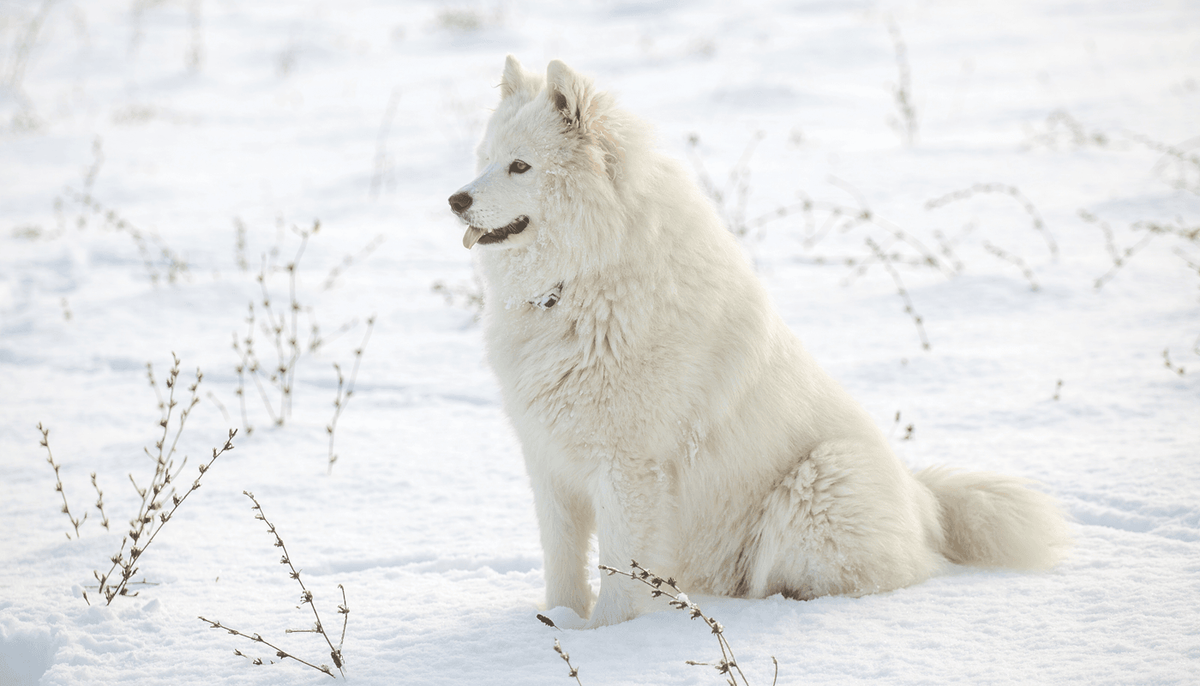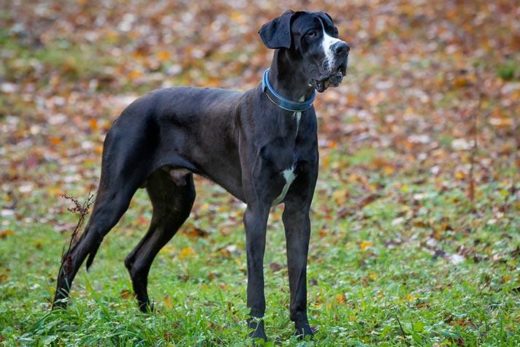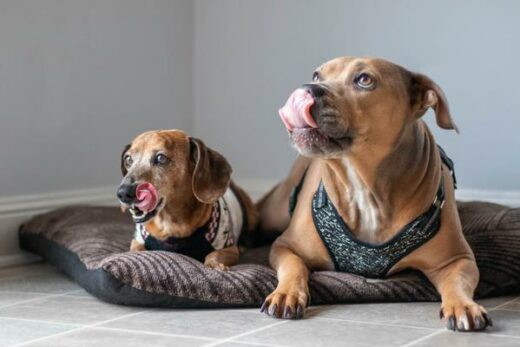
The Canadian Eskimo Dog is one of the most iconic Arctic breeds. Often generalized as ‘huskies,’ it is actually a distinct landrace with a heritage spanning millennia. Since there is some confusion around the various arctic and subarctic breeds, you may be wondering, ‘what does a Canadian Eskimo Dog look like?’ And the answer to that is something between a husky and a wolf.
Commonly called the Eskimo Dog, recent history saw them extensively in expeditions to both the North and South poles by explorers like Peary and Amundson. They are still used to this day for arctic and antarctic expeditions, primarily in tourism.
Finding a Canadian Eskimo Dog for sale depends on where you are. In the Americas, they are primarily available in Canada. In Europe, you may have more luck with the Greenland Dog, which is genetically the same breed.
This is a primitive and challenging canine and is not recommended for the novice owner. They are comparable in size and temperament to the Malamute dog. Eskimo Dogs are known to be aggressive to other breeds and have a powerful, primal pack instinct.
History of the Canadian Eskimo Dog: Where Do They Come From?
Also called the Canadian Inuit Dog, the established historical account of the Canadian Eskimo Dog suggests that the breed dates back to around 2000 BC. Experts believe the breed represents a pure bloodline dating back as far as 1000 years to the Thule people.
Their Inuit name is simply “Qimmiq” or “Kimmit,” which merely means “dog.” This speaks of a time when the indigenous people didn’t know other types of dogs existed.
The large Eskimo Dog originally accompanied their human companions from North-East Asia to North America in the early pre-Inuit migration. Their fate and future were bound to that of the people they accompanied.
They were made to pull loads of up to 80 kg per dog, covering distances over fifteen miles per day in extreme weather conditions. The trek may have seen them travel as far as seventy miles per day on a good day.





